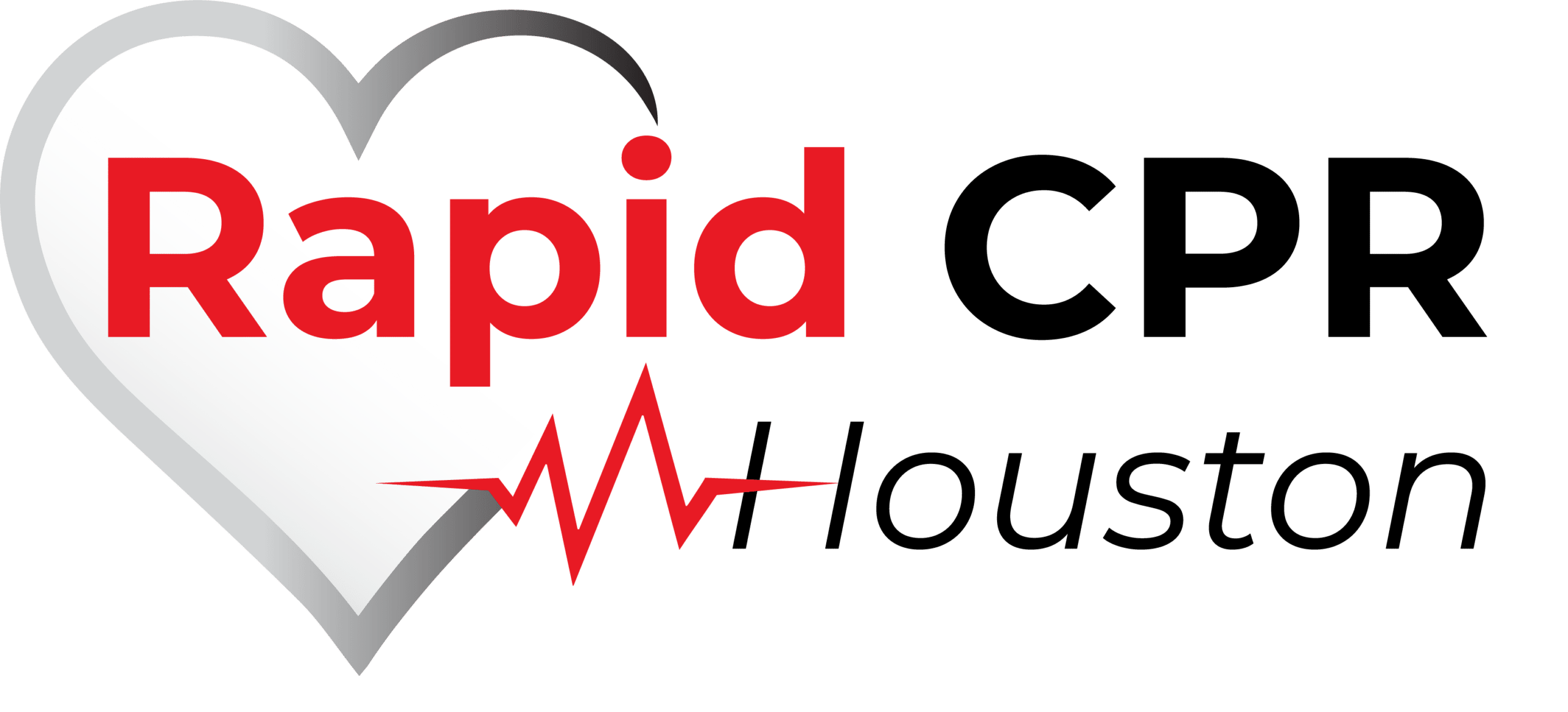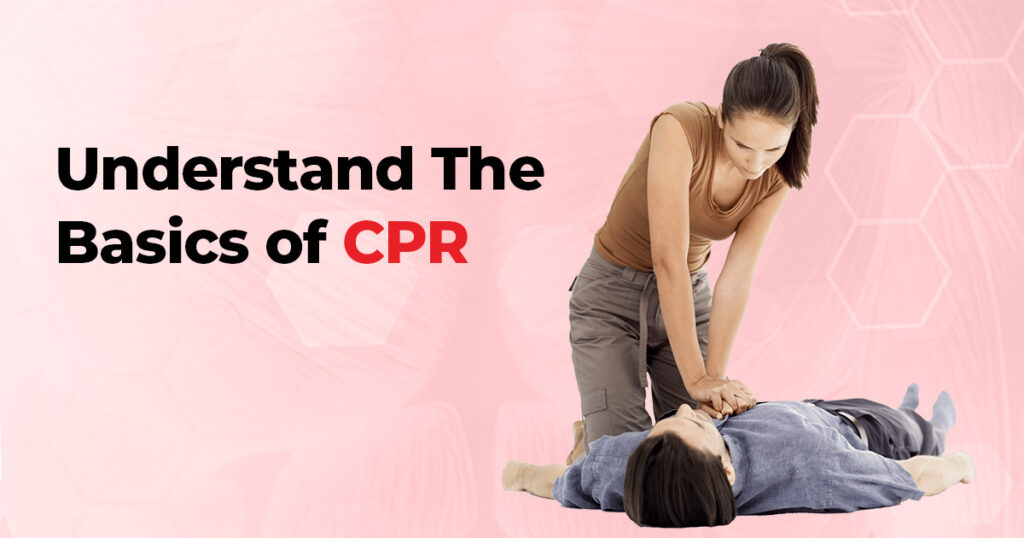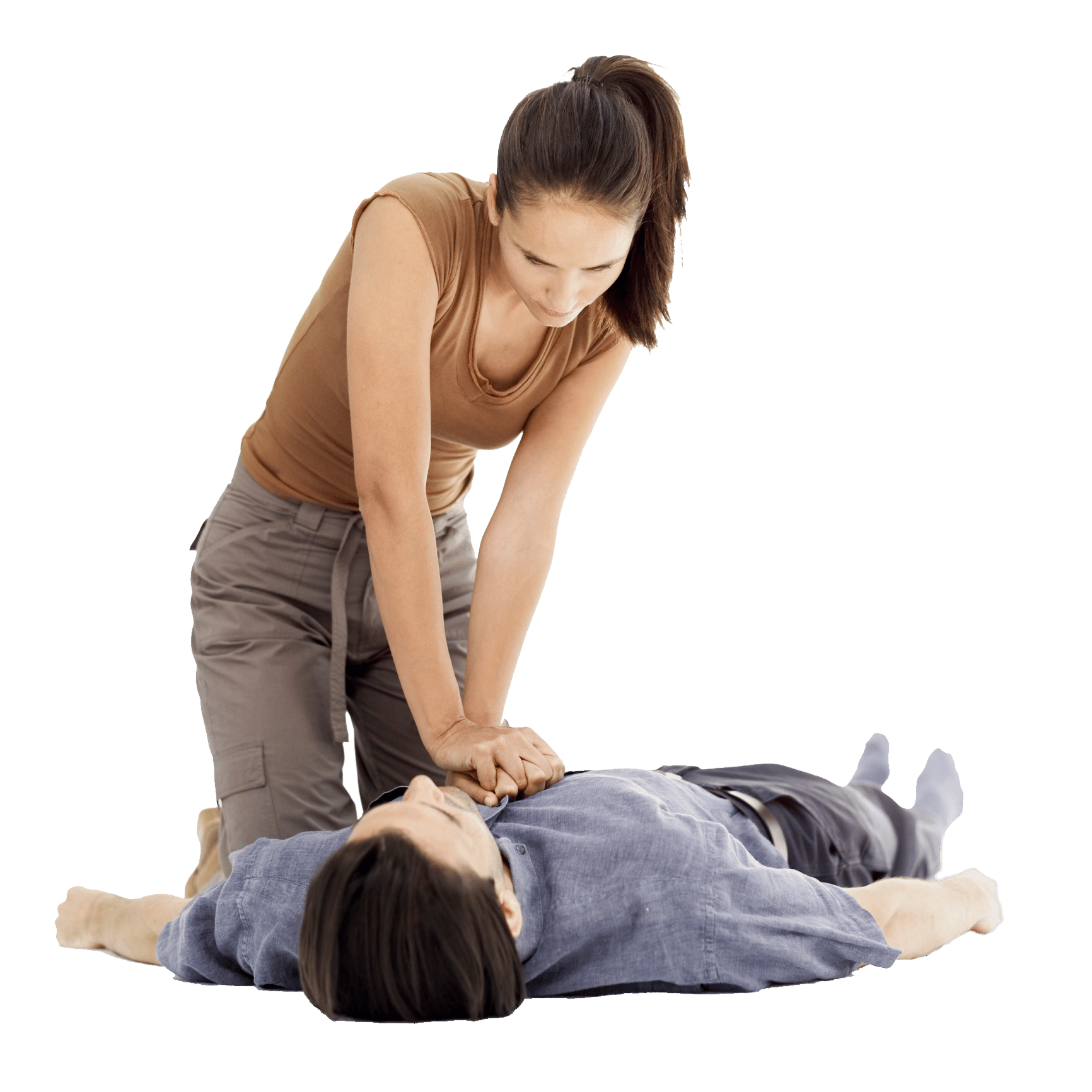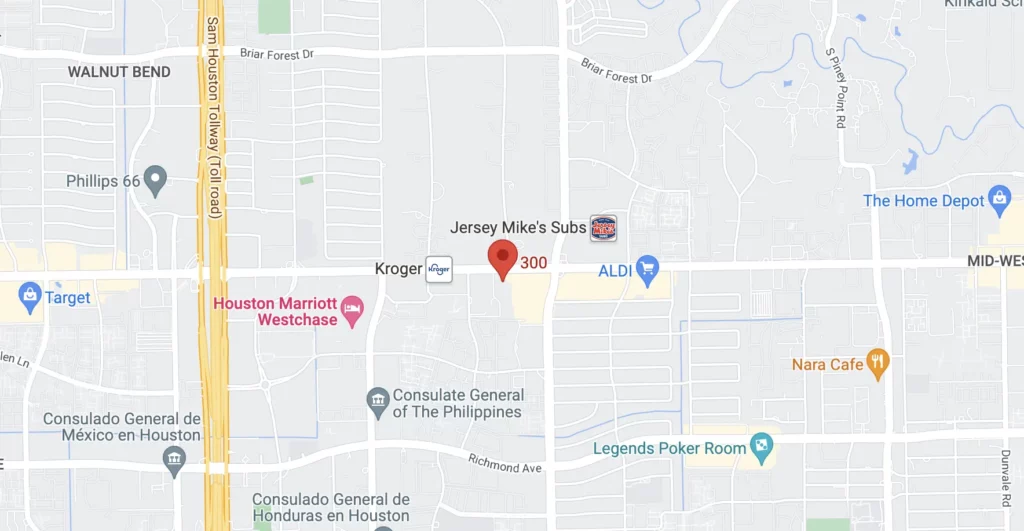Basics of CPR Training
CPR, or Cardiopulmonary Resuscitation, is a life-saving skill that everyone should be familiar with. As a crucial emergency procedure, it is essential to understand the basics of CPR to be prepared in case of any sudden cardiac arrest or respiratory failure in nearby individuals. Rapid CPR Houston is dedicated to providing Houston residents with the knowledge and skills required to save lives in emergency situations. In this blog post, we will cover the fundamental principles of CPR, including step-by-step guides on performing CPR effectively.
Cardiac arrest can happen unexpectedly, and knowing how to perform CPR correctly can be the difference between life and death. According to the American Heart Association, immediate CPR can double or even triple a victim’s chances of survival. In situations like these, time is of the essence, and having the confidence to act can save a life.
While every individual can benefit from learning CPR, it is important to remember that proper CPR training is crucial for accurate implementation. This blog article serves as an introduction to CPR, outlining the fundamental principles and steps involved in the process. However, it is not a substitute for expert CPR classes, such as those offered by Rapid CPR Houston. Professionals and healthcare providers in particular should enroll in certified CPR classes to ensure they are up to date with the latest CPR techniques and guidelines.
Throughout this article, we will discuss the origins of CPR, the importance of recognizing the signs of cardiac arrest, and the step-by-step guide to performing CPR on both adults and children. We will also address how to use an Automated External Defibrillator (AED) alongside CPR. By the end of this post, you will have a better understanding of the basics of CPR and the crucial role it plays in saving lives.
For those seeking professional training in CPR techniques, Rapid CPR Houston offers a variety of courses for individuals, families, and healthcare providers. Our certified instructors are dedicated to providing the most accurate and up-to-date information, ensuring that our graduates are prepared to put their skills into practice when it matters most.
The Origins of Cardiopulmonary Resuscitation (CPR)
CPR traces its roots back to the 18th century, with the discovery of the process called “external cardiac massage.” The practice has evolved over the years, and in the mid-20th century, the American Heart Association (AHA) introduced formal guidelines for performing CPR. Today, CPR remains an essential emergency procedure used worldwide to revive victims of cardiac arrest, drowning, suffocation, or other life-threatening situations.
Recognizing the Signs of Cardiac Arrest
Before starting with the steps of CPR, it is crucial to recognize the signs of cardiac arrest. Symptoms may include sudden loss of responsiveness, gasping or no breathing, or lack of a pulse. Once you have identified a possible cardiac arrest, you must take immediate action with CPR while others call 911 and request an AED.
Step By Step CPR Training Guide For Performing CPR on Adults
- Assess the situation and check for danger: Ensure that the scene is safe for you to approach the victim. Make certain there are no hazards or ongoing threats.
- Check for responsiveness: Tap the victim’s shoulder gently and ask loudly, “Are you okay?” If there is no response, it is time to start CPR.
- Call for help: Tell a bystander to call 911 and bring an AED if possible. If alone, call 911 before starting CPR.
- Position the victim: Lay the person flat on their back on a hard, firm surface. Make sure the head, neck, and spine are in a straight line.
- Check for breathing: Observe the person’s chest for any normal breathing. If none, prepare to initiate CPR.
- Begin chest compressions: Place the heel of one hand on the center of the victim’s chest with the other hand on top. Lock your elbows and lean over the victim, compressing the chest at least 2 inches deep and at a rate of 100 to 120 compressions per minute.
- Administer rescue breaths: After 30 compressions, open the person’s airway by tilting their head back and lifting the chin. Pinch the nose shut, take a deep breath, and create a seal over the victim’s mouth with your mouth. Deliver two breaths, each lasting about a second.
- Continue the cycle: Repeat the cycle of 30 compressions and two breaths until emergency medical services (EMS) arrive, the person demonstrates signs of life, or you become exhausted and unable to continue.
Step By Step CPR Training Guide For Performing CPR on Children
The steps for performing CPR on children above one year of age are similar to those for adults, with some crucial differences.
- Compressions: Use only one hand to compress the chest, applying less force than with adults. Aim for at least one-third the depth of the chest, or about 2 inches.
- Breaths: Deliver rescue breaths, but be gentle, ensuring that the breaths last for about one second each.
- AED: If available, utilize an AED with pediatric pads, ensuring the device is set to the appropriate energy level for a child.
Using an Automated External Defibrillator (AED)
An AED can be a crucial tool in increasing the chances of survival for cardiac arrest victims. If accessible, follow the audio instructions provided by the AED for proper placement of the device’s pads and administration of the shock. Be sure to continue CPR between shocks.
The Importance of Continuous Improvement and CPR Training
CPR guidelines and techniques are regularly updated, making it essential to receive ongoing training. Rapid CPR Houston offers up-to-date CPR classes, ensuring all trainees are equipped with accurate and current information. With the right knowledge and training, anyone can play a vital role in saving lives during emergencies. By following the steps outlined in this article and receiving proper training from certified CPR instructors like those at Rapid CPR Houston, you will become adept at recognizing signs of cardiac arrest and performing CPR effectively. Remember, every second counts, and having the ability to act swiftly and confidently may save someone’s life.
Stay prepared by enrolling in CPR classes in Houston and updating your skills often, and encouraging others to do the same.





